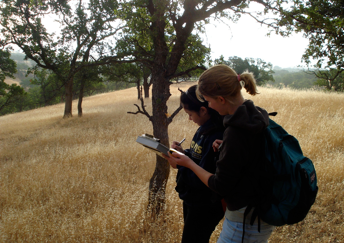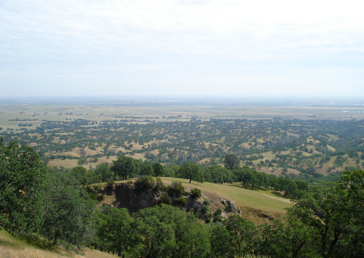
Research Interests
1. Linking Ecological Theory and Management in a Rapidly Changing World - How Ecological Factors Affect Vital Rates and Population Dynamics of Ungulates

Related Publications
Forrester, T., Wittmer, H. A review of the population dynamics of mule and black-tailed deer in western North America. In review.
-
2.Movement Ecology and the Effects of Predation Risk on Spatial Structure of Communities and Population Dynamics


The participation of citizens in conservation science can both educates them about the natural word and the about local conservation problems and empowers them to be part of the solution to those problems. The connection between people and their local landscape may also be one of the most critical components to fully developing a land ethic for conservation. I am passionate about the need to connect people to nature and about giving people the opportunity to participate in conservation solutions. I am working with a team from UC Davis and Audubon California to develop and implement a citizen science program to monitor blue oak regeneration around the Central Valley of California.
Citizen Science Resources
Blue Oak Citizen Science Monitoring Package
-
4.Conservation Biology Planning and Philosophy

We are living in a time of rapid biological change. Human caused changes to the biosphere are affecting biodiversity, nutrient flows, and the climate and are so widespread that evidence for classifying the current period as a new geological epoch, the Anthropocene, is currently being debated. The stark realization of the pervasiveness of human impact and the demand for innovative and immediate response has engendered a debate within conservation biology about the future direction of the discipline. I advocate for sustaining and creating ecologically healthy and robust socio-ecological systems through the use of three tools: Connecting people to the land, using the emerging land ethic as a basis for engaging citizens in conservation, and systematic conservation
planning and protection of critical natural areas.
Related Publications
Tavis Forrester








© 2012 Tavis Forrester All photos copyrighted by authors Original design by Patrick Hilton
